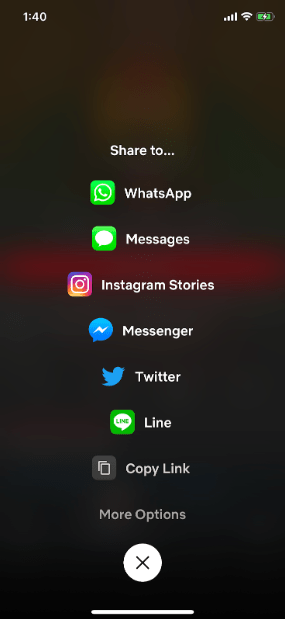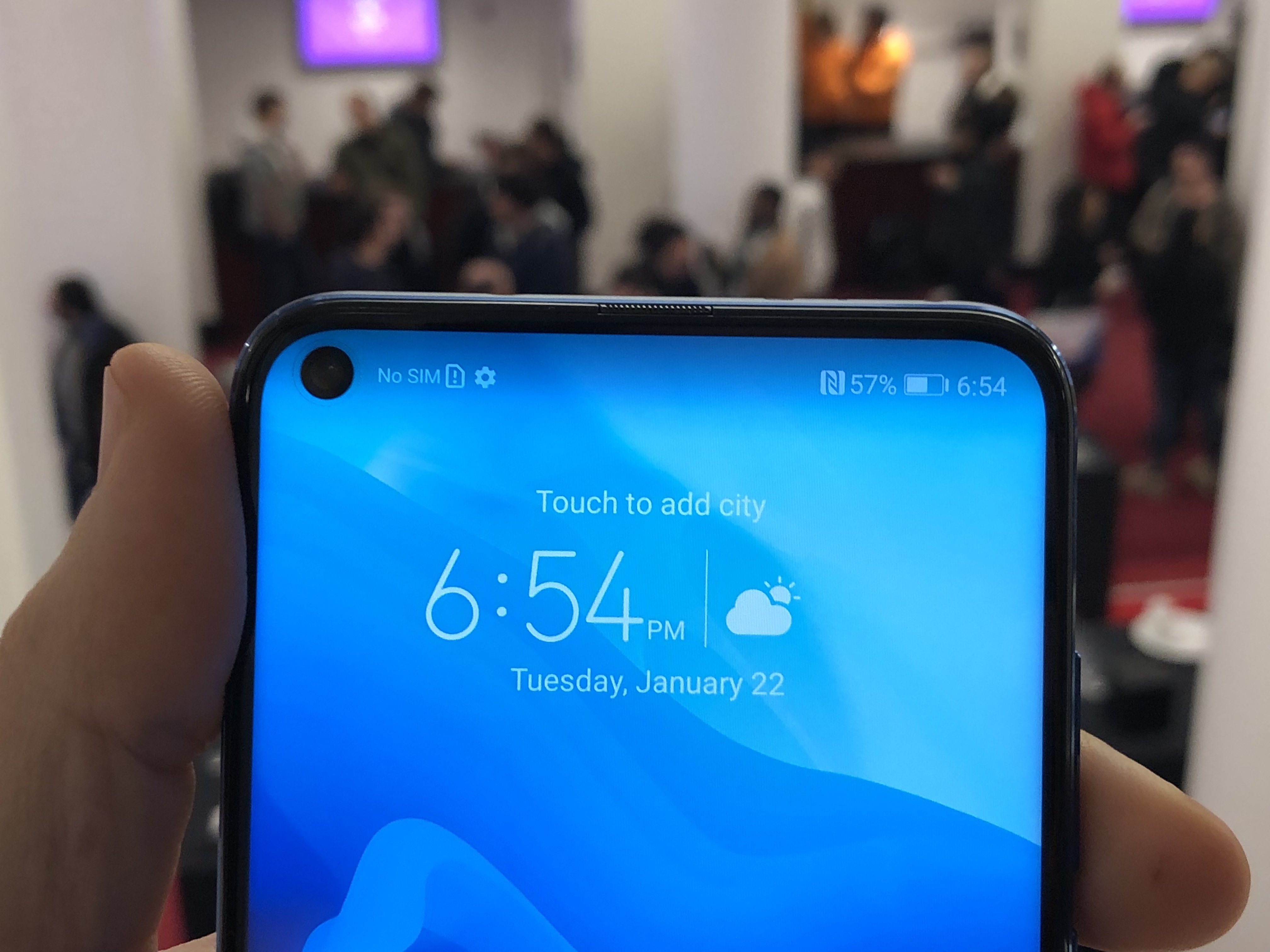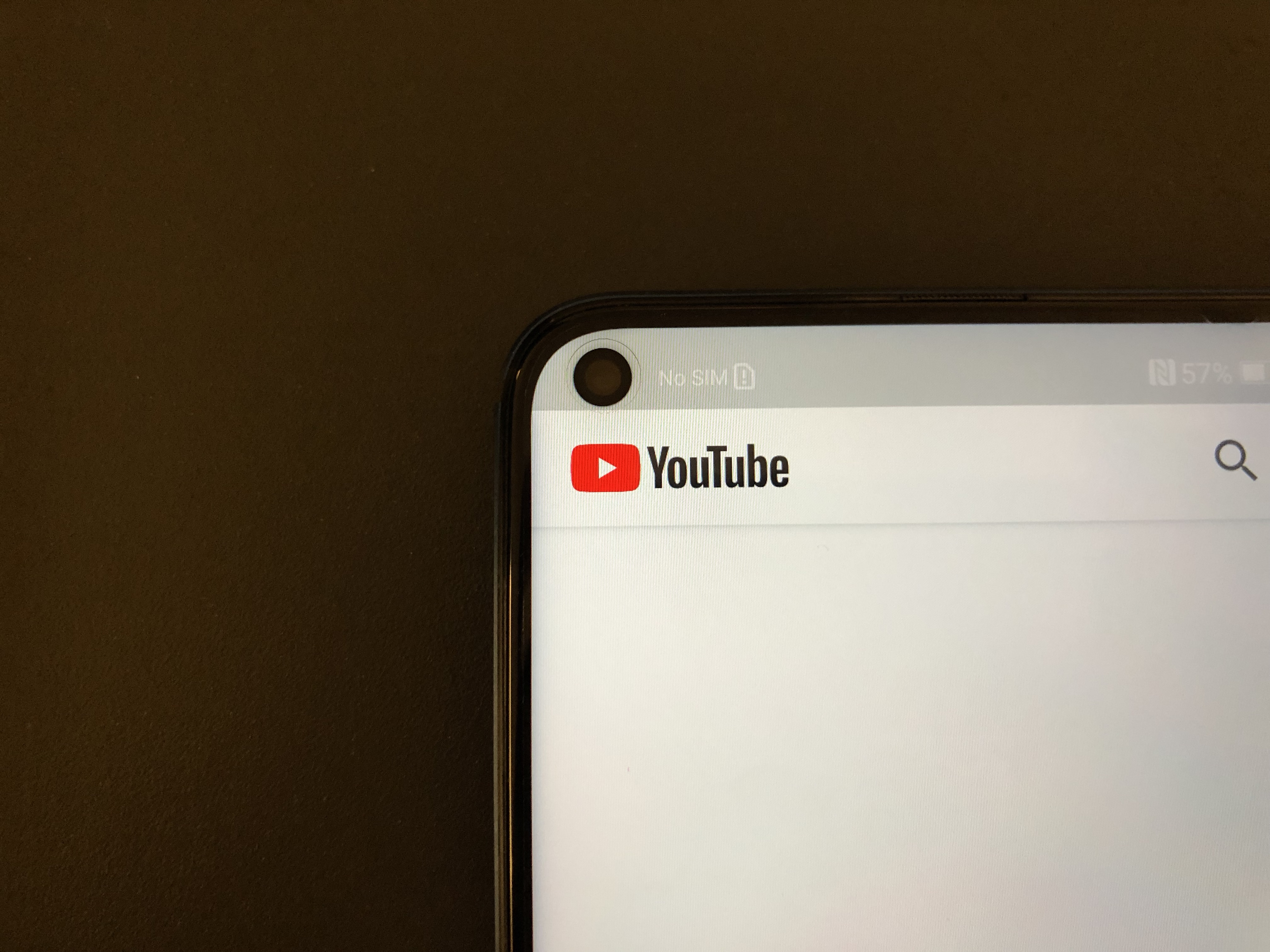As we get ready for TechCrunch Sessions: Robotics + AI on April 18 at UC Berkeley, we can’t help but look back at last year’s robotics event. With more than 1,000 attendees, thought-provoking panels and cutting-edge demos, 2018’s TC Sessions: Robotics was pretty great.
We’ve compiled some highlights of some of our favorite moments from last year to whet your appetite for 2019’s current speaker lineup. Check out the highlights below and be sure to grab your Early-Bird ticket for this April’s TC Sessions: Robotics + AI.
The Best Robots on Four Legs
Boston Dynamics CEO Marc Raibert announced onstage that the company’s 66-pound SpotMini robot will be available for purchase by the normals in 2019. Yes, one day you, too, will be able to have a dog robot perform services for you at the office or home.
Getting a Grip on Reality: Deep Learning and Robot Grasping
It turns out grasping objects is really hard for a robot. According to Ken Goldberg, professor and chair of the Industrial Engineering and Operations Research Department, it’s about forces and torques. He and TechCrunch Editor-in-Chief Matthew Panzarino also discussed what Goldberg calls “fog robotics.” Goldberg differentiates it from “cloud robotics” in that “you don’t want to do everything in the cloud because of latency issues and bandwidth limitations, quality of service — and there are also very interesting issues about privacy and security with robotics.”
Teaching Intelligent Machines
Nvidia is working to help developers create robots and artificial intelligent systems. Vice president of Engineering Claire Delaunay discussed how the company is creating the tools to help democratize the creation of future robotics.
The Future of the Robot Operating System
Fetch Robotics CEO Melonee Wise joined fellow Willow Garage ex-pats Brian Gerkey and Morgan Quigley to discuss Open Robotics’ Robot Operating System (ROS) efforts. The team is working to design and maintain an open and consistent framework for a broad range of different robotic systems.
Eyes, Ears and Data: Robot Sensors and GPUs
Nvidia vice president Deepu Talla discussed how the chipmaker is making a central play in the AI and deep learning technologies that will drive robots, drones and autonomous vehicles of the future.
Teaching Robots New Tricks with AI
Pieter Abbeel is the director of the UC Berkeley Robot Learning Lab and co-founder of AI software company, covariant.ai. In a broad ranging discussion, Abbeel described the techniques his lab is using to teach robots how to better interact in human settings through repetition, simulation and learning from their own trial and error.
Venture Investing in Robotics
Renata Quintini of Lux Capital, Rob Coneybeer of Shasta Ventures and Chris Evdemon of Sinovation Ventures all discussed the excitement around startups venturing into the robotics industry, but were also quite candid about the difficulty faced by robotics founders who are unfamiliar with a particular industry that they hope could reshape their innovation.
Agility Robotics demonstration of Cassie
Agility Robotics’ bipedal humanoid robot was designed with bird legs in mind. But it wasn’t yet designed with arms. The company’s CTO Jonathan Hurst says those are to come. It’ll cost you $35,000 when it’s in full production mode. Custom deliveries started in August 2017 to a select few universities — University of Michigan, Harvard, Caltech and Berkeley. Although we didn’t see an example of this application, Cassie can apparently hold the body weight of a reasonably sized human.
The Future of Transportation
Chris Urmson has been in the self-driving car game for a long time. He joined Google’s self-driving car team in 2009, becoming head of the project four years later. These days, he’s the CEO of Aurora, a startup that has logged a lot of hours testing its own self-driving tech on the roads. Urmson discussed the safety concerns around the technology and how far out we are from self-driving ubiquity.
Building Stronger Humans
The BackX, LegX and ShoulderX from SuitX serve to minimize the stress we humans tend to place on our joints. We saw the application of these modules onstage. But infinitely more impressive during the conversation with company co-founder Homayoon Kazerooni was the application the audience saw of the company’s exoskeleton. Arash Bayatmakou fell from a balcony in 2012, which resulted in paralysis. He was told he would never walk again. Five years later, Arash connected with SuitX, and he has been working with a physical therapist to use the device to perform four functions: stand, sit and walk forward and backward. You can follow his recovery here.
Grab your Early-Bird Tickets to TechCrunch Sessions: Robotics + AI today before prices increase, and check out the latest news about this year’s event here.









 For consumers, the situation remains unclear, but Google says there will be free versions of Chat and Meet that will become available “following the transition of G Suite customers.” As of now, there is no timeline, so for all we know, Hangouts will remain up and running into 2020.
For consumers, the situation remains unclear, but Google says there will be free versions of Chat and Meet that will become available “following the transition of G Suite customers.” As of now, there is no timeline, so for all we know, Hangouts will remain up and running into 2020.
